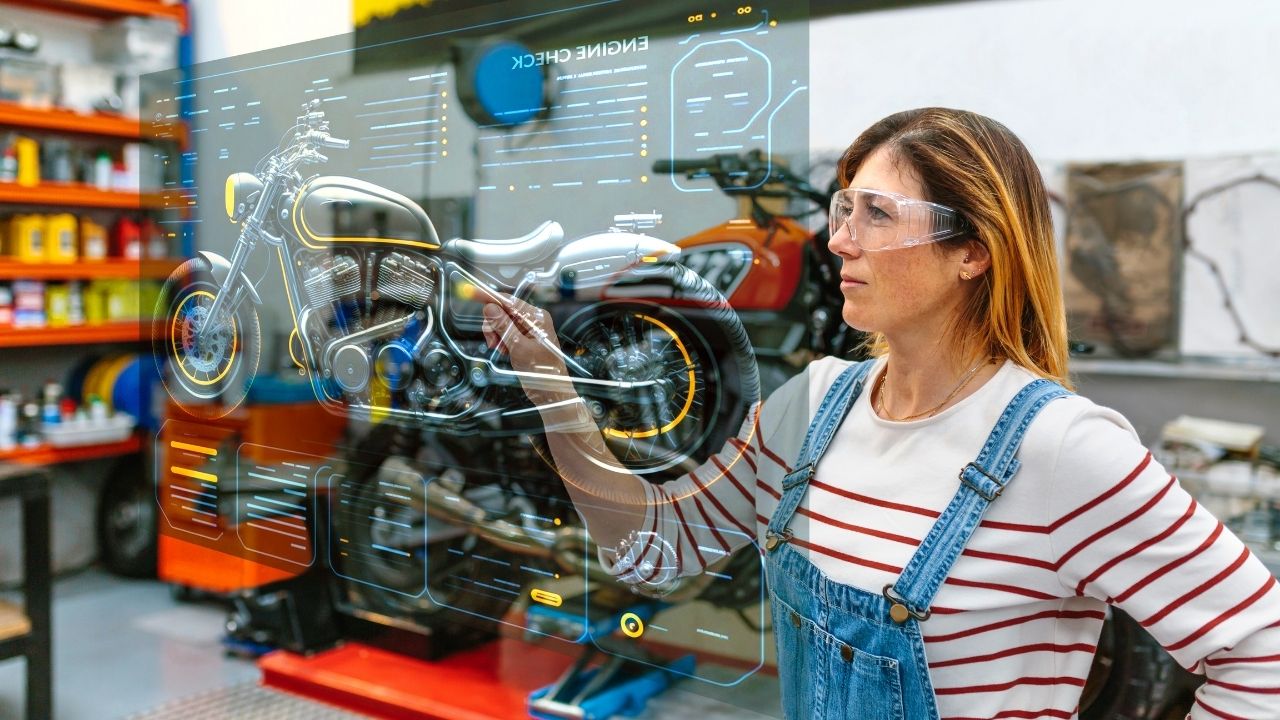
Introduction to Flipped Learning
In today's ever-changing educational landscape, flipped learning has emerged as a transformative approach to teaching and learning. The flipped classroom model is an innovative instructional strategy that reverses the traditional classroom structure by delivering instructional content outside of the classroom, usually through online videos or pre-recorded lectures, and using class time for active learning activities, discussions, and problem-solving.
The Fundamentals of Inverted Instruction
At its core, the flipped classroom model, also known as inverted instruction, aims to shift the focus from teacher-centered instruction to a student-centered approach. In a flipped classroom, students are expected to review and engage with the instructional content before coming to class. This self-paced study allows students to learn at their own pace, rewind, and revisit concepts as needed, ensuring a deeper understanding of the material.
Maximizing Class Time for Active Learning
By moving the lecture component outside of the classroom, teachers can dedicate valuable class time to active learning exercises, group discussions, and hands-on activities. This approach fosters a more engaging and interactive learning environment where students can apply their knowledge, collaborate with peers, and receive immediate feedback from their teacher.
The Role of Technology in Blended Education
Technology plays a crucial role in the successful implementation of a flipped classroom model. Through the use of learning management systems, video platforms, and other digital tools, teachers can create and deliver high-quality instructional content that students can access anytime, anywhere. This blended education approach combines the best of both worlds – the flexibility and convenience of online learning with the face-to-face interaction and support of a traditional classroom setting.
Benefits of the Flipped Classroom Model
The flipped classroom model offers numerous benefits for both students and teachers. For students, it promotes self-directed learning, encourages critical thinking, and allows for personalized learning experiences. By having access to the instructional content beforehand, students can come to class prepared with questions and ready to engage in meaningful discussions.
For teachers, the flipped classroom model provides opportunities to differentiate instruction, address individual student needs, and create a more dynamic and interactive classroom environment. It also allows teachers to spend more time working with students one-on-one or in small groups, providing targeted support and guidance.
Challenges and Considerations
While the flipped classroom model has many advantages, it is important to acknowledge the challenges and considerations that come with its implementation. Ensuring that all students have access to the necessary technology and internet connectivity can be a hurdle, particularly in underserved communities. Additionally, creating high-quality instructional content and redesigning lesson plans to incorporate active learning strategies can be time-consuming for teachers.
Best Practices for Implementing a Flipped Classroom
To successfully implement a flipped classroom model, teachers should consider the following best practices:
1. Clearly communicate expectations and guidelines to students and parents.
2. Create engaging and interactive instructional content that aligns with learning objectives.
3. Provide students with opportunities for self-assessment and reflection.
4. Foster a supportive and collaborative classroom environment that encourages student participation and peer learning.
5. Continuously assess and adjust the flipped classroom approach based on student feedback and learning outcomes.
The Future of Flipped Learning
As education continues to evolve, the flipped classroom model is likely to gain even more traction. With the growing popularity of online learning and the increasing availability of educational technology, flipped learning has the potential to revolutionize the way we teach and learn. By embracing this innovative approach, educators can create more engaging, effective, and student-centered learning experiences that prepare students for success in the 21st century.
Conclusion
The flipped classroom model is a powerful instructional strategy that combines the benefits of online learning with the value of face-to-face instruction. By leveraging technology and shifting the focus to active learning, the flipped classroom approach empowers students to take ownership of their learning, fosters critical thinking skills, and creates a more dynamic and engaging educational experience. As educators continue to explore and refine this model, the potential for transforming education and improving student outcomes is truly exciting.
 Careers in EducationElementary EducationHigh School EducationEducational TechnologyTeaching StrategiesSpecial EducationPrivacy PolicyTerms And Conditions
Careers in EducationElementary EducationHigh School EducationEducational TechnologyTeaching StrategiesSpecial EducationPrivacy PolicyTerms And Conditions
